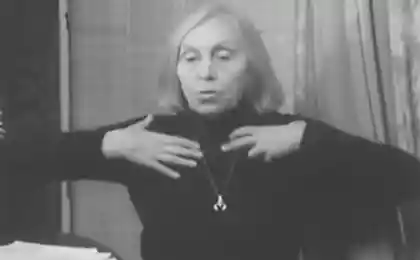759
Breathing techniques "kokyuho"

(Hado Kokyu-ho)
Everyone knows that the breath changes our mood. When we are (mentally and physically) in a calm frame of mind, breathing becomes slower and deeper. On the other hand, when we are worried or nervous, we breathe quickly and deeply wrong.
Interestingly, the Japanese character for "breath" can be divided into two parts - the "own" and "heart." Breathing is necessary not only to nourish the body with oxygen. With breathing, you can change your mood and manage it. It is no secret that our breathing changes depending on experience feelings. At the same time there is a transfer of information in the consciousness or subconscious.
Any entity consists of vibrations, and breathing also makes vibration. The frequency of the waves created by breathing may affect our own vibration as a tuner, tuning us in touch with the higher dimensions.
Hado Technique is this: while you exhale say "Haa", which creates a certain vibration. This activity occurred in Japanese religion 'Ko Shin Do'. He started by Mr. Minoda, author of «Balance Therapy for relaxation». Next, Hado supplemented and developed by Hiroshi Doi (Reiki master, Japan).
Mr. Tsuda said that the sound "Haa" is the basic sound of breathing and the person using it, still unable to speak. The sound energy is present, adjusts to the higher vibrations. Then Hiroshi Doi met Mr. Fujiwara, specialist Aikido (Japanese martial art). He led a study group, and also used the technique of Hado.
All you need - is to focus on during breathing sound "Haa." Despite its simplicity, this exercise is very effective.
The technique Hado:
Improves the function of internal organs due to the movement of the diaphragm.
Due to the receipt of more oxygen improves circulation
Improves metabolism.
Improves the functioning of the autonomic nervous system, endocrine and immune systems.
Increases your energy level.
Relaxes and calms mind.
This method also improves the functioning of each chakra. In addition, the chakras are configured to work with the higher energies.
Method:
1. Stand or sit as you prefer.
2. When this exercise will be familiar to you, you will be able to implement it, even standing in a crowded bus and doing their own thing. You can make Hado evening before bedtime or in the morning after waking up lying in bed.
3. Take off your shoes and make sure the soles of your feet firmly pressed to the floor.
4. Legs must not be pressed against one another - sit freely. Hands on knees palms up.
5. Relax and take it easy.
6. Close or cover your eyes. Relax your eyes, forehead, neck and shoulders.
7. Exhale through the mouth with the sound "Haa", as if you are from something rid, and try to keep the sound as long as possible. At first, you can hold the sound for about 10 seconds, and then be able to more. Try to reach 30 seconds, hoping to hold on 40. Do not try to go all out - it does not give the best result.
8. Concentrate on the sound "Haa" during exhalation as long as you can. Relax your stomach, and the exercise will naturally and easily.
Do not worry about abdominal breathing. Doing Hado regularly, you'll soon be able to perform abdominal breathing as easily and naturally. There are methods to help you learn to pause between inhalation and exhalation, but this is no Hado. The purpose of the exercise - to learn to breathe smoothly and quietly as possible, without strain.
























